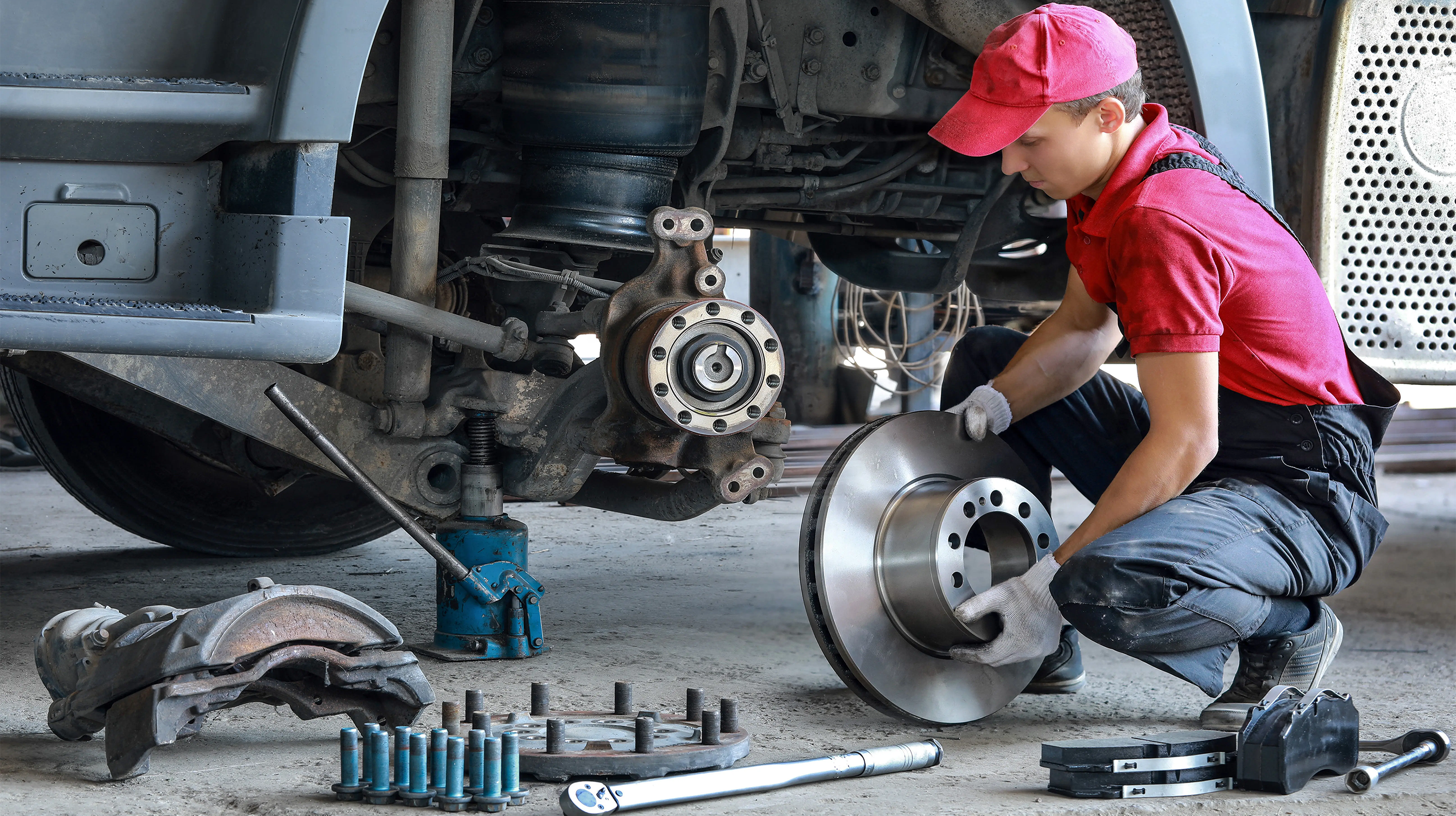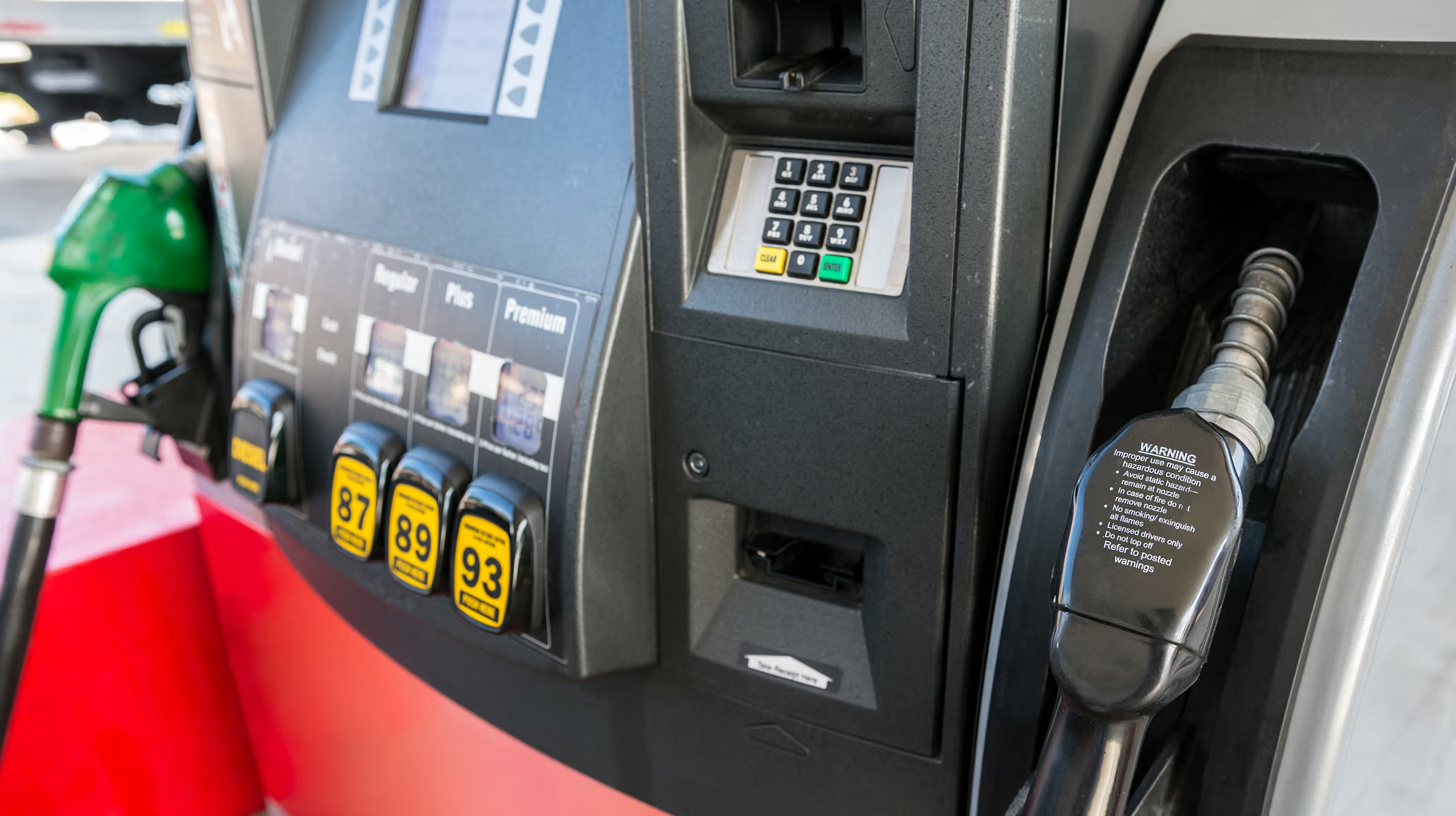Also in this category
View more in Fleet ManagementFleet Management
5 ways telematics reduces fleet maintenance costs

It might seem obvious that effective fleet maintenance management is a good long-term policy. It prevents unnecessary breakdowns, helps with improving productivity and meeting customer service targets, and reduces the chances of accidents caused by mechanical faults.
But did you know using telematics to manage your fleet maintenance can help you both improve your maintenance scheduling and reduce overall costs?
Here are five ways fleet management software works to make your maintenance plan of a fleet of vehicles better for everyone.
1 - Avoid over-maintaining vehicles
Traditionally, vehicle servicing is done on an arbitrary maintenance schedule. For example, the oil is changed every six months, whether it needs to be changed or not. This isn’t just harmful to the environment, it’s wasteful and with telematics, there’s a better way to take care of your maintenance needs.
Fleet maintenance software can use real-time engine diagnostic information to track data such as oil life, battery, brake fluid, or pads. This data can automatically generate advance warnings for necessary maintenance based on the actual condition of engine parts. Numerous case studies demonstrate the cost-saving benefits of this approach.
Fleet vehicle maintenance that uses vehicle diagnostics can also tap into reports that alert them to other vehicle needs. For example, the engine could be idling rough, highlighting the need for additional vehicle maintenance services to maintain optimised fleet operations and reduce operating costs.
In-house or outsourced workshop providers can receive these automated notifications and schedule fleet vehicles in for necessary servicing. This type of automated data collection can help to avoid the hassle of time-consuming log keeping.
2 - Improve recovery on vehicle warranties
Most fleet vehicles are purchased with factory warranties included, however over time the information gets lost or forgotten, and the full value of a vehicle’s warranty is never realised.
Telematics helps to improve warranty recovery on fleet vehicles by tracking all the relevant information, warranty documentation, and claims history by date.
This makes it clear what vehicles, and what parts, are still under warranty and helps workshop staff to file claims for anything still covered by a warranty, whether it’s provided as OEM or from a supplier.
3 - Reduce vehicle accidents & keep drivers safe
According to NETS (a group sponsored by the NHTSA, part of the US government) accidents cost employers in that country over $26,000 per crash, including repair costs and downtime. This cost increases to over $70,000 if there is an injury. In total, for the year 2019, vehicle crashes cost employers $72.2 billion (USD).
Maintenance plays a big role in helping to minimise preventable accidents
Commercial vehicles in good working order and are part of a regular maintenance program promote a culture of high safety standards, and are less likely to fail in the event of an accident
4 - Minimise downtime by making sure fleet services have parts in stock
When you need to order parts at the last minute, it can be more costly, for example higher courier pricing. There may also be delays, which can lead to vehicle downtime, making the maintenance a lot more costly than it could have been if the parts had been readily available.
This is where a fleet maintenance system can help, offering an organised approach to scheduling vehicle maintenance in advance, giving your maintenance team time to work with dispatch to organise replacement vehicles, and order the necessary parts. This is particularly important where vehicle repair is needed, not just routine servicing.
5 - Win more business with a better brand image
Well-maintained commercial vehicles generally mean less downtime, which means you’re less likely to run into logistics issues with vehicles that are out of service. This helps you to maintain high standards of customer service, or even win business from competitors who aren’t able to fill orders due to breakdowns.
Vehicles that are looked after and maintained regularly also help to boost the impression a business makes. Like smart uniforms and well presented staff, it all helps to improve the brand’s profile.
Fleet maintenance is better with telematics
You already knew you needed to keep your fleet vehicles well maintained, but now you can see there are good reasons to coordinate and plan your maintenance using telematics, fleet software that can pay for itself and help you to do it smarter.
And it generally makes passing MOT vehicle inspections easier too!
This is where preventative maintenance (PM) is vital in helping to stay on top of routine maintenance, improving the overall reliability and lifespan of the vehicle.
Fleet management software providers can also add other smart features such as fuel card management. Get in touch and find out more.





